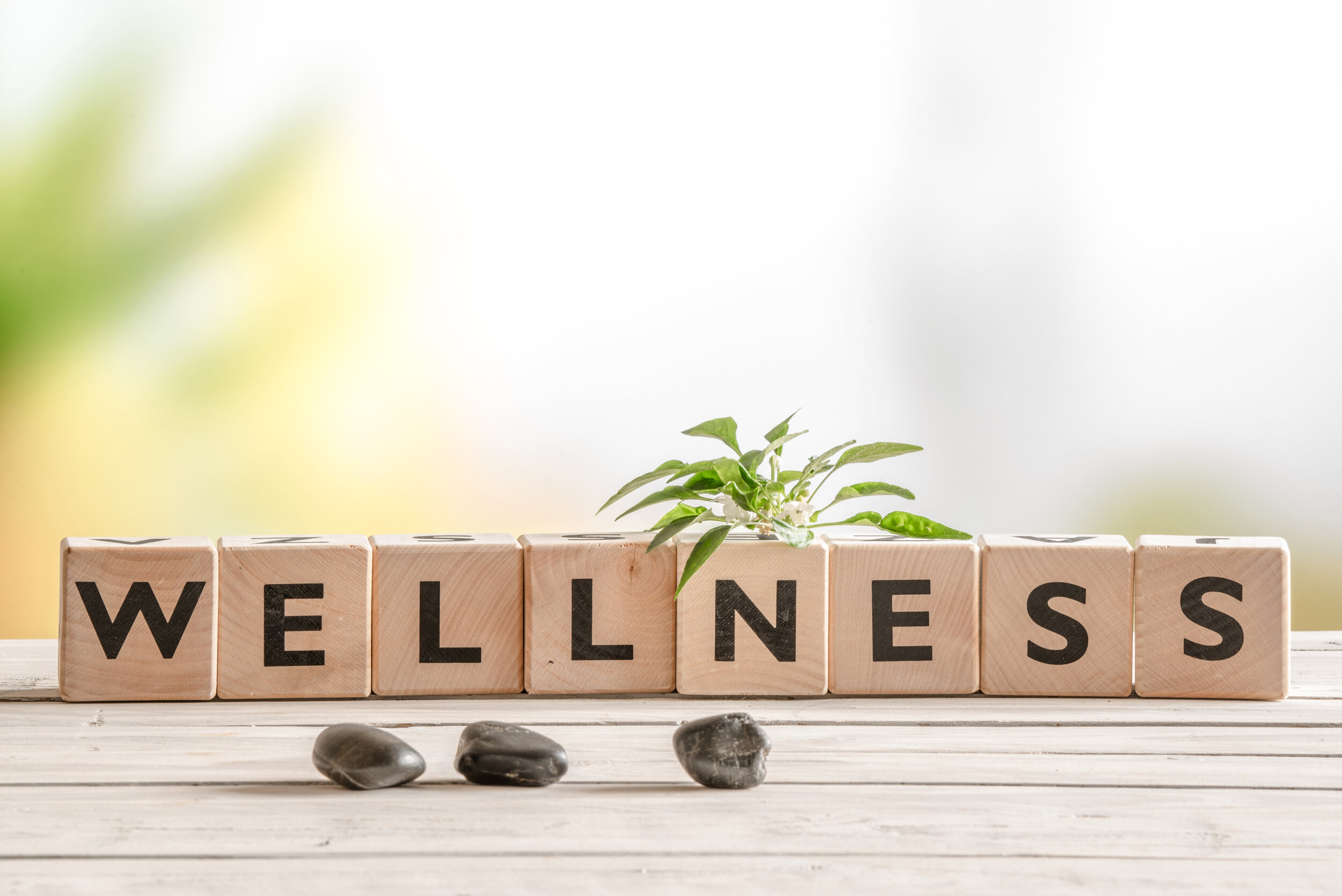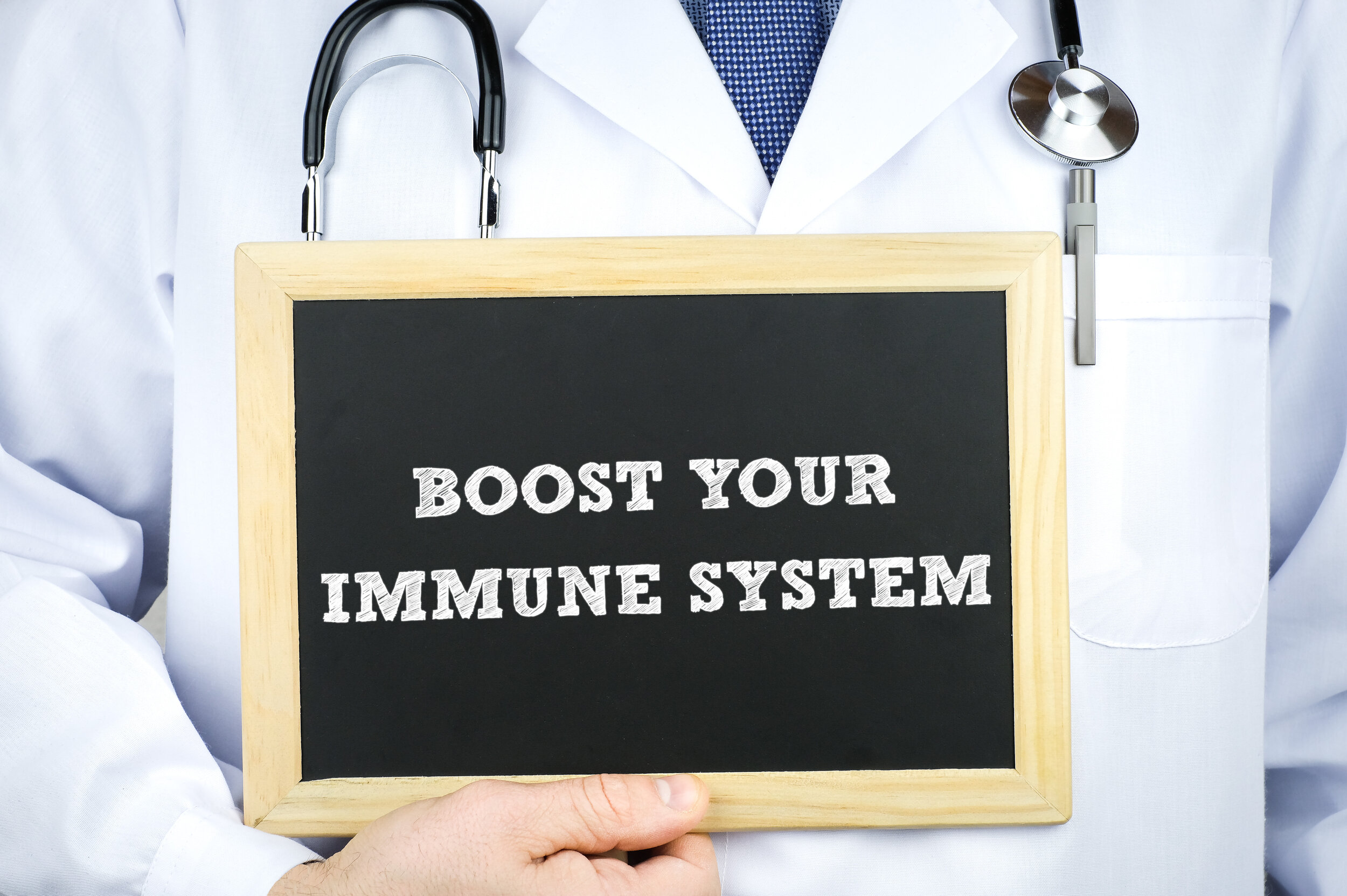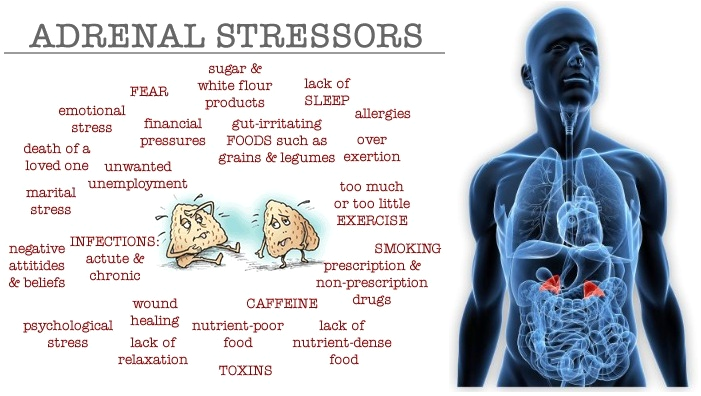Why am I putting on weight? I hear this a lot in clinic when talking to ladies going through the menopause. They have not changed their diet, exercise or lifestyle but suddenly this extra weight has appeared around the belly area.
Why is this?
Menopause weight gain is a common issue experienced by many women during the transition to menopause, and it can be attributed to several factors:
1. Hormonal Changes:
Oestrogen Decline: As women approach menopause, the levels of oestrogen, a key hormone in regulating fat distribution, decline. This decrease in oestrogen is associated with an increase in abdominal fat, a type of fat that tends to accumulate around the belly.
Progesterone Changes: Along with oestrogen, progesterone levels also drop. This hormonal shift can lead to water retention and bloating, making weight gain more noticeable.
2. Slower Metabolism:
Aging Process: As women age, their metabolism naturally slows down, meaning the body burns fewer calories at rest. This makes it easier to gain weight, even if eating habits remain the same.
Muscle Mass Reduction: Aging is also associated with a loss of muscle mass (sarcopenia). Since muscle burns more calories than fat, losing muscle mass further reduces the number of calories burned.
3. Lifestyle Factors:
Decreased Physical Activity: Many women experience a reduction in physical activity levels during middle age due to various factors such as joint pain, fatigue, or lifestyle changes, leading to weight gain.
Dietary Changes: Hormonal changes can affect appetite and food preferences, leading some women to consume more calories or crave unhealthy foods, which contributes to weight gain.
4. Insulin Resistance:
Blood Sugar Regulation: Menopause can increase insulin resistance, making it harder for the body to use insulin effectively. This can lead to higher blood sugar levels and an increase in fat storage, particularly around the abdomen.
5. Sleep Disturbances:
Insomnia and Hot Flashes: Menopausal symptoms like hot flashes and night sweats can disrupt sleep patterns. Poor sleep is linked to weight gain because it can lead to hormonal imbalances, increased appetite, and a preference for high-calorie, sugary foods.
6. Stress and Emotional Factors:
Cortisol Levels: The stress hormone cortisol tends to rise with age, especially during menopause. Elevated cortisol levels can lead to weight gain, particularly around the abdomen.
Emotional Eating: Some women may experience increased stress or mood swings during menopause, which can lead to emotional eating and, consequently, weight gain.
7. Genetics:
Family History: Genetics play a role in how weight is distributed and how the body responds to menopause. Women with a family history of weight gain during menopause may be more prone to it themselves.
Is HRT the answer? Lots of women are on HRT or bioidentical hormones and for some this helps elevate many symptoms, but I do hear a number of women complain of weight gain or feeling bloated.
Understanding HRT and Weight Gain:
Oestrogen and Weight Distribution:
HRT, particularly oestrogen therapy, may help redistribute body fat in a way that is less likely to accumulate in the abdomen, which is a common problem during menopause due to the natural decline in oestrogen. Some studies suggest that HRT can actually help prevent the central weight gain (around the belly) that is typical during menopause. But not for all.
However, oestrogen can sometimes cause water retention, which might be mistaken for weight gain, but this effect is usually temporary.
Progesterone and Appetite:
Progesterone, another hormone used in some HRT regimens, has been associated with increased appetite and cravings for certain foods, which could lead to weight gain if not managed carefully.
The form of progesterone used and the method of delivery (e.g., pills, patches, creams) can influence its effects on appetite and weight.
Individual Variation:
Weight changes on HRT vary widely among women. Some may experience no change in weight, some may lose weight, and others may gain weight. These variations can depend on factors like the type of HRT, dosage, individual metabolism, lifestyle, and genetics.
Some women might gain weight around menopause regardless of whether they are on HRT due to factors like aging, reduced physical activity, or changes in metabolism.
What is the answer?
Adopt a Balanced Diet:
Focus on Whole Foods: Eat plenty of fruits, vegetables, whole grains, and lean proteins. Whole foods are nutrient-dense and help you feel full, which can prevent overeating.
Increase Fibre Intake: Foods high in fibre, such as vegetables, fruits, beans, and whole grains, help regulate digestion, improve satiety, and control blood sugar levels.
Control Portion Sizes: Be mindful of portion sizes to avoid consuming more calories than you need. Use smaller plates and listen to your hunger cues.
Healthy Fats: Include sources of healthy fats, such as avocados, nuts, seeds, and olive oil. These fat’s are beneficial for heart health and help keep you satisfied.
Limit Sugars and Refined Carbs: Reduce your intake of added sugars and refined carbohydrates, which can lead to weight gain and insulin resistance. Opt for complex carbs like whole grains and sweet potatoes.
Exercise and Lifestyle
It is also important to incorporate some sort of exercise into your weekly regime, especially some strength building exercises to help with your bone health. I have found that I like to do a dance class once a week as it’s fun and burns off some calories. I am not very good but it does make me laugh.
Another area to consider is stress levels as high cortisol will increase weight around the middle! Think about what helps you relax, this could be listening to a podcast or going for a walk. I do love listening to Rob Beckett and Josh Widdecombe - laughter is sometimes the best medicine.
I find seeking professional help to get a personalised plan is the key as it gives you knowledge and a plan that suits your lifestyle. This can be if you are on HRT or not. I am someone who cannot have HRT due to oestrogen issues and so I have a developed a nutrition plan that suits my lifestyle and is sustainable.
Supplements can also be very beneficial and can be tailored to your needs. If sleep is a problem think about magnesium, this also helps with stress levels. I take Ashwagandha for anxiety and Agnus Castus for hormone balancing.
Menopause can affect us all so differently but there are ways to combat the symptoms which at times can be debilitating. I am here to help you as are other menopause professionals.
Don’t feel like you are alone and life will not be the same again – you can do this….



























